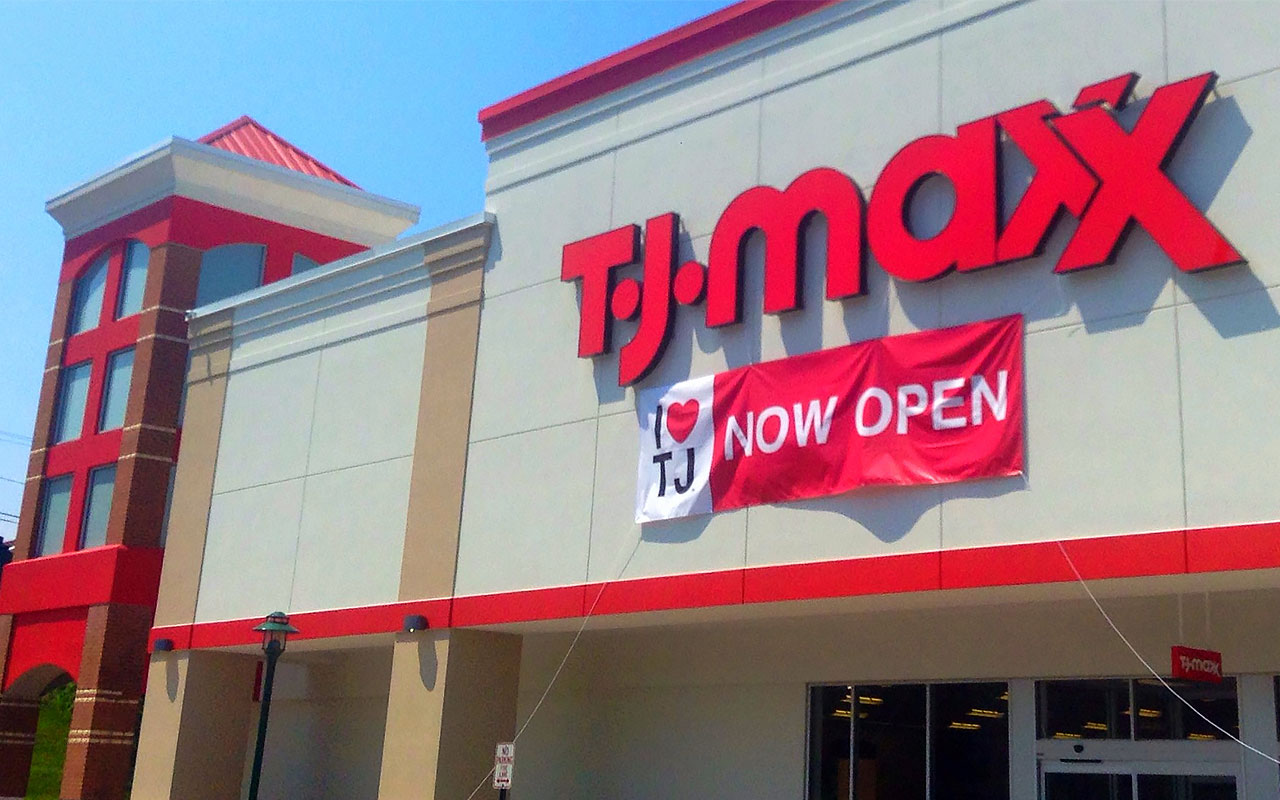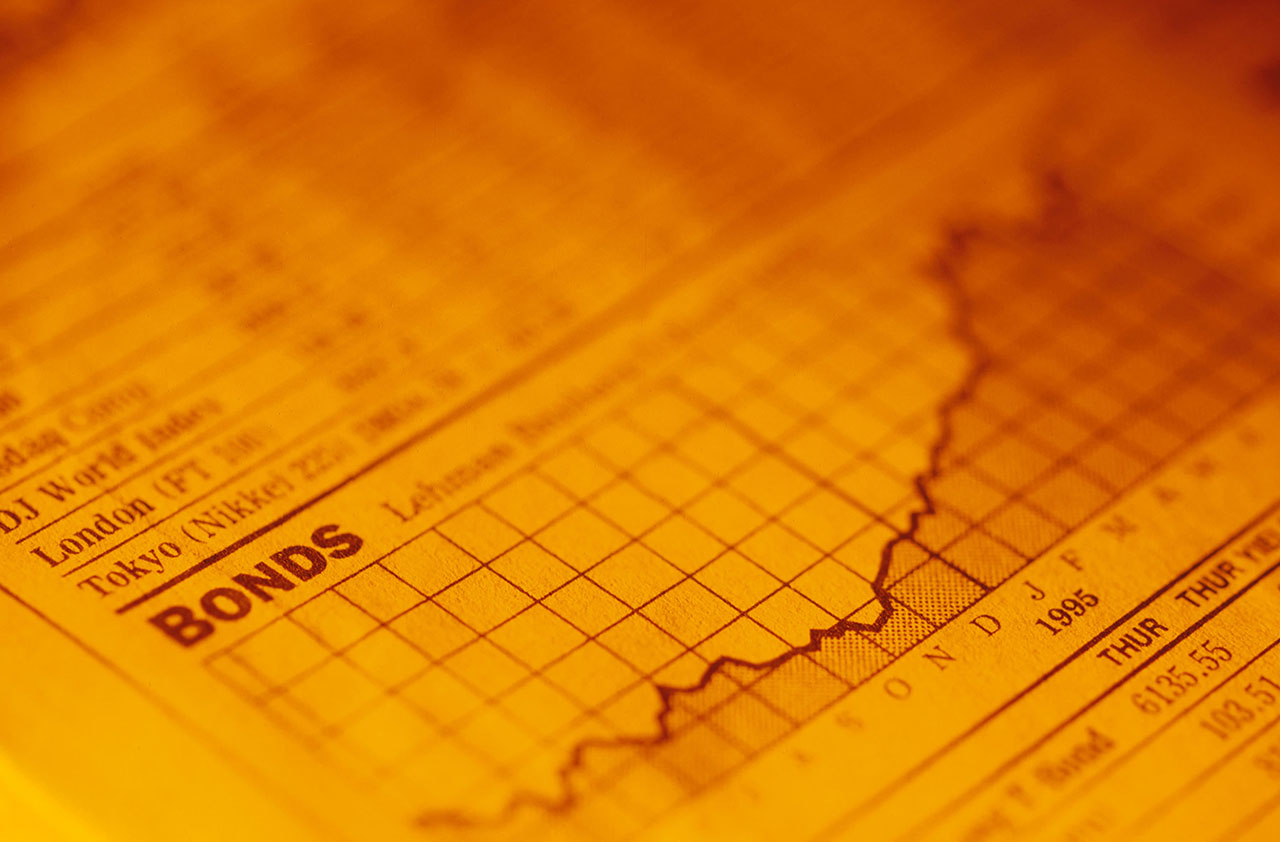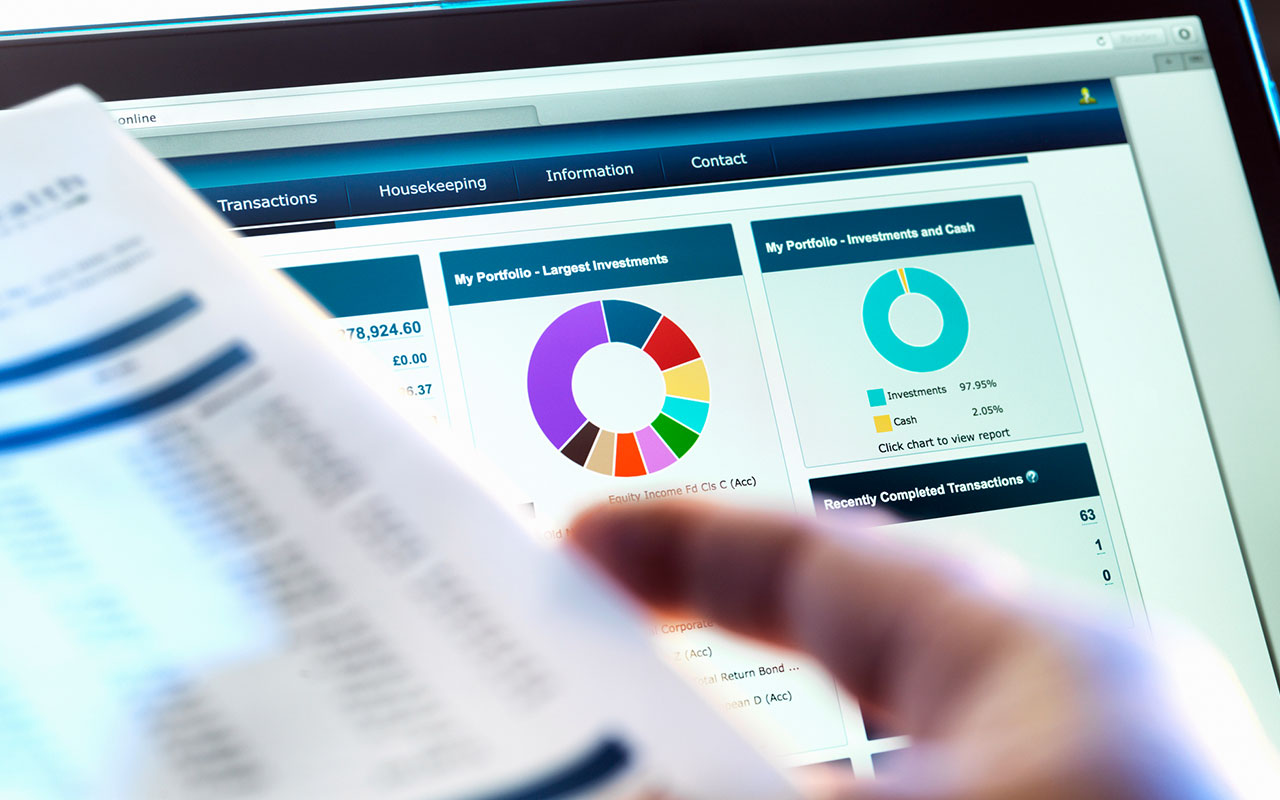10 Potential Investing Land Mines to Avoid in 2019
There’s never a shortage of ways to put your money to work.


There’s never a shortage of ways to put your money to work. Something is always making forward progress – even if it’s at the expense of other investment options.
But steering clear of a particular stock, sector or even entire investment category can be just as financially rewarding as stepping into a winner. When you sidestep a setback, you don’t have a loss to offset, which in turn means your portfolio’s net performance is that much stronger.
Here is a rundown of investments you should strive to avoid in 2019. Some were all the rage in 2018, while others couldn’t pick themselves up off the mat. That means some of these flops may just be a continuation from 2018 – but in some cases, changes are afoot that may push these picks out of their current favor. In all cases, the experts fear that the coming year may be big trouble for these 10 potential investing land mines.
Data is as of Dec. 17, 2018.

Bitcoin (And Other Cryptocurrencies)
In the shadow of Bitcoin’s 80%-plus pullback from its December 2017 highs, there’s still a large faction of fans who believe the cryptocurrency is going to rebound and become the game-changer it originally was billed to be.
That’s a minority opinion, however. Several expert observers feel a rebound isn’t in Bitcoin’s cards.
Robert R. Johnson, CEO of asset management firm Economic Index Associates, is one of those skeptics. He says, “For all of the excitement around the topic, few can cogently explain how cryptocurrencies interact with blockchain technology, how they are ‘mined,’ which tokens will ultimately prevail in any sort of business application, or other important details.
“If there is one thing we should have learned from the financial crisis is that when you invest in things you don’t understand (mortgage-backed securities and collateralized debt obligations, credit default swaps), you’ll suffer.”
His conclusion: “There is no way to value cryptocurrencies other than the greater fool theory – the hope that some greater fool will pay you more than you paid. It is the consummate bubble and investors should stay far away from cryptocurrencies in general, and Bitcoin specifically.”

Residential Real Estate
Purchasing a home to live in for the long-term is almost always a smart use of those funds (when the alternative is renting). Mortgage payments can feel uncomfortably high to start, and houses require maintenance, but equity builds and the payment typically remains flat for the life of the loan. Rent, on the other hand, almost always rises and will always chip away at disposable monthly income.
Anyone who’s not entirely sure they’re going to stay put in a particular home for at least several years, however, may want to rethink any plans to buy a house.
A careful look at recent data reveals the value of homes still is rising, but the pace of that forward progress is slowing. Between the third quarter of last year and the third quarter of 2018, homeowners saw their weakest equity gains in two years. It may well point to a reversal of that trend in the coming year.
Keller Williams’ chief economist Ruben Gonzalez tells Forbes, “As we look toward 2019, we are anticipating home sales to decline around 2%. We’re expecting it to be another slightly slower year as buyers continue to wrangle with higher mortgage rates after contending with several years of rapid price growth.”
As buying power wanes, so too does demand, then home prices.

Brazil/iShares MSCI Brazil ETF
Brazil’s newly elected President Jair Bolsonaro has been (for better or worse) frequently compared to U.S. President Donald Trump, in particular for his pro-capitalism views. Bolsonaro isn’t starting where Trump began his presidency, however. In 2016, the United States economy already was on reasonably firm footing, allowing Trump’s actions to spur measurable growth on multiple fronts. Brazil’s economy is essentially in shambles, and any rebound effort Bolsonaro might make matters worse before they get better.
Some glimmers of hope for the South American country have been shining, to be fair. Its economy grew more in the third quarter than it had in the past year and a half.
The bar was set quite low, however. Brazil’s GDP improved only 0.8% during the third quarter. And the World Bank, according to Harvard Business Review’s Alec Lee, says “Brazil’s debt to GDP ratio, which currently stands at approximately 75%, would rise to above 150% by 2030 without a significant fiscal adjustment led by reform to the country’s existing pension benefits.”
It’s a scenario that leaves any Brazilian stock too vulnerable to bother with in 2019, though most investors will likely be most familiar with the iShares MSCI Brazil ETF (EWZ, $37.84) as an easy means to plugging into the economy. Brazil eventually will turn things around, but it likely won’t be anytime soon.

TJX Cos.
Shares of TJX Cos. (TJX, $44.34) – parent company of off-price retailers T.J. Maxx, Marshalls and HomeGoods – have had a great 10-year run, advancing more than 750% since late 2008.
That period was characterized by the rapid expansion of online shopping thanks to Amazon.com (AMZN) and a change in consumer preferences, and has since been named the “retail apocalypse.” People fell out of love with expensive brand names and started to steer clear of malls. That led to years of heavy store closures, giving TJX access to a bounty of cheap, quality goods to sell. Indeed, 2018’s likely number of store closures is estimated to reach record levels.
However, this likely is the peak of the retail apocalypse. With most of the excess capacity now out of the picture, 2019’s estimated closures will probably fall, and significantly. That means TJX will have less access to the closeout merchandise it so desperately needs in the foreseeable future.
In the meantime, even retailers that normally have been willing to offload unwanted inventory into TJX are now more willing to figure out how to sell it themselves rather than pass it along at a loss to a competitor. Macy’s (M) “Backstage” stores and Nordstrom’s (JWN) “Rack” are a means of letting both retailers keep their clearance merchandise in-house, and preserve margins. Throw in the fact that off-price retailing has, ironically, become saturated in its own right, and it’s possible TJX’s best days are in the past.

Certain Bonds and Bond Funds
Bond prices undoubtedly will suffer as interest rates rise in 2019. But for some investors, they’ll still play an important role in a portfolio. Ditto for bond funds.
Nevertheless, there are some fixed-income investments that merit very careful consideration before buying.
“This year, there’s a particular asset class that could deliver an unwelcome tax surprise: tax exempt municipal bonds,” says Frank Pape, Director of Consulting Services at Russell Investments, who points out that “‘Tax-exempt’ bonds don’t necessarily mean no taxes.” Pape explains that an unmanaged municipal bond fund, which generally offer low yields, could actually lose value solely due to what he describes as “tax drag.” He adds, “Investors who want to avoid this tax drag may need to consider active managers” as a means of minimizing taxes while maximizing returns.
Junk bond funds also may be excessively vulnerable in 2019.
“High-yield bond funds have the potential to get hammered in the coming years due to the rising interest rate environment we’re experiencing ... the Federal Reserve has signaled that interest rates will continue to rise, which have a negative effect on bond prices,” says Kyle Whipple, partner and financial adviser with Michigan-based C. Curtis Financial Group. “Generally, a high yield from a bond fund means the bonds in the fund have longer maturity dates or carry more risk, both of which should have negative results in a rising interest rate period.”

Debt-Laden Companies
Debt isn’t inherently a bad thing, if that borrowed money is used wisely. For consumers, a mortgage loan ultimately facilitates an investment in real estate, and for corporations, debt often provides the necessary funding for growth.
But the debt landscape is changing in a way that could prove problematic for some borrowers.
“I’m steering my clients’ accounts away from stocks of debt-heavy companies,” says Mark Blinderman, managing partner with New York-based investment adviser Walnut Investment Services. “As interest rates rise, the burden of carrying excessive debt will hurt many such companies. As a result, many of them have already slashed or planning to slash their dividends to preserve cash, which can further erode investor interest in holding their stock.”
Blinderman specifically points out names such as Ford (F, $8.50), Anheuser-Busch InBev (BUD, $68.23), Frontier Communications (FTR, $2.53), Clorox (CLX, $156.74) and Tenet Healthcare (THC, $19.80) as debt-burdened companies that may run into a brisk fiscal headwind in 2019. But those are hardly the only heavily borrowing companies that could suffer a headache soon.

General Electric
- General Electric (GE, $7.15) is another company Blinderman listed by name.
Despite its severe woes, GE arguably still is one of the most recognizable fixtures on the landscape of American industrialism. It can be fixed. The iconic name will be rebuilt to its former glory. Such plans are already underway.
But it won’t recover in the immediate future. And anyone looking for 2019 to be a pivotal year for General Electric may be disappointed when matters get worse before they start to improve.
Yes, selling assets and entire divisions is GE’s best bet from here as a means of raising funds to pare down its massive $97 billion long-term debt load. But dumping divisions also diminishes the company’s capacity to generate much-needed cash flow. Worse, with new CEO Larry Culp publicly confirming to the world that his company is interested in all offers, some analysts are concerned General Electric may end up selling assets and business units for less than what they’re actually worth.
In the meantime, even analysts who like GE’s odds concede the process of selective liquidation could take a while. UBS analyst Steven Winoker doesn’t think GE Healthcare will be shed until 2020, with General Electric’s total debt burden being whittled down to palatable levels only around 2022. Investors may not be willing to wait that long for proof that a real turnaround is possible.

United Kingdom
To say Britain’s impending exit from the European Union – better known as Brexit – has been a messy affair would be a considerable understatement. It has been complete chaos. The country’s elected officials are struggling just to decide how they’ll leave the EU, let alone when or even if they’ll actually follow through on the matter that was put to a vote in 2016. A key parliamentary vote that was supposed to take place on Dec. 11 was delayed until mid-January.
It’s a microcosm of the uncertainty that has surrounded the Brexit proceedings for two years now. But it’s also an omen of the jagged separation that will almost assuredly ensue once the U.K. officially distances itself from other European nations.
The risks are simply too much for investors, says Carter Henderson, portfolio specialist with Pennsylvania-based wealth management firm Fort Pitt Capital Group.
“The Bank of England warned this (Brexit) could have severe damage for the British economy-housing prices could fall by 30% and the pound could collapse by 25%,” he says. “There is too much unknown from Brexit that would make a good risk/return investment in the U.K. right now.”

Cannabis Stocks
The past year may have been another big one for cannabis stocks, with dealmaking from Constellation Brands (STZ) and Altria (MO) boosting the credibility of the entire marijuana movement. Economic Index Associates’ Johnson, however, suspects too many of these stocks have gotten too far ahead of themselves.
Johnson, who also wrote Invest With the Fed, says, “Retail investors are piling into pot stocks as the fear of missing out in the marijuana gold rush reaches a crescendo. Unfortunately, individuals committing funds to these securities are sold on the cannabis story and are ignoring investment fundamentals.”
The author and adviser specifically points to the outrageous price-to-sales valuations of cannabis-related stocks (most still are unprofitable), qualifying them as the result of “irrational exuberance squared, or cubed.”
He’s arguably even more concerned about what lies ahead that could surprise excited investors. That is, the bigger and more legitimate the cannabis industry gets, the more competitive it will become Ö even to the biggest of players.
“As cannabis is legalized and mainstreamed, more and more growers will plant cannabis. As more cannabis is supplied, its price will fall,” Johnson says. “This is exactly the experience in Oregon, as prices have steadily dropped after the passage of Measure 91, legalizing the recreational use of marijuana.”

Certain Pre-Fabricated Portfolios
When Jeffrey Gundlach commented in mid-December, “My strongest advice is to not invest in passive U.S. equity funds” due to the mania surrounding them, he arguably oversold his idea. But his point still is well-taken. Market index funds have become such a crowded trade that they’ll likely struggle to perform. Automatic rebalancing of such a huge swath of investor capital may even keep the broad market suppressed.
Adam Strauss, co-CEO of Appleseed Capital, largely agrees with the premise, though he explains the vulnerability a bit differently. He cautions investors, “I wouldn’t touch an S&P 500 Index product such as the Vanguard 500 Index Fund (VFINX, $234.91) with a 10-foot pole. It’s a passive index full of overvalued momentum stocks and overweight the most overvalued momentum stocks.”
It’s not just pure equity-based index funds that may have run out of growth potential. So-called 60/40 portfolios – which hold 60% of their assets in a pre-selected basket of stocks and other 40% in a basket of bonds – may face a similar stumbling block.
“They are popular,” says Rob Isbitts, Chief Investment Strategist for Florida-based Sungarden Investment Research, “but when did that become a sustainable path to success in investing?” In addition to a concern similar to Gundlach’s worry about the equity side of funds, Isbitts adds that “the 40% allocated to bonds is dealing with what is likely the third year of a very long bear market, after a 36-year bull market. Bonds have been the easy way to offset equity risk for decades, but I think that strategy is past its prime.”
Investors may be better off being a stock picker for the foreseeable future, rather than relying on a rising tide.
Profit and prosper with the best of Kiplinger's advice on investing, taxes, retirement, personal finance and much more. Delivered daily. Enter your email in the box and click Sign Me Up.

-
 States That Tax Social Security Benefits in 2026
States That Tax Social Security Benefits in 2026Retirement Tax Not all retirees who live in states that tax Social Security benefits have to pay state income taxes. Will your benefits be taxed?
-
 QUIZ: What Type Of Retirement Spender Are You?
QUIZ: What Type Of Retirement Spender Are You?Quiz What is your retirement spending style? Find out with this quick quiz.
-
 How to Avoid the Financial Quicksand of Early Retirement Losses
How to Avoid the Financial Quicksand of Early Retirement LossesSequence of returns — experiencing losses early on — can quickly deplete your savings, highlighting the need for strategies that prioritize income stability.
-
 Is Crypto Investing Coming to a Credit Union Near You?
Is Crypto Investing Coming to a Credit Union Near You?Credit unions are getting in on crypto investing through partnerships with third-party platforms, but the risks to investors still apply.
-
 The GENIUS, CLARITY, and Anti-CBDC Acts: What Bitcoin Investors Need to Know
The GENIUS, CLARITY, and Anti-CBDC Acts: What Bitcoin Investors Need to KnowMovement on the crypto front at the federal level has the potential to usher in substantial change. Here's what it means for your portfolio.
-
 Cryptocurrency May be Coming to Your 401(k) with Rules Change
Cryptocurrency May be Coming to Your 401(k) with Rules ChangeCrypto may be coming to a 401(k) near you. Financial experts weigh in on whether retirement savers should take the plunge.
-
 Is It Too Late to Invest in Bitcoin?
Is It Too Late to Invest in Bitcoin?The price of the world's No. 1 cryptocurrency recently surpassed $120,000 for the first time. Is it too late to invest in bitcoin?
-
 The 24 Cheapest Places To Retire in the US
The 24 Cheapest Places To Retire in the USWhen you're trying to balance a fixed income with an enjoyable retirement, the cost of living is a crucial factor to consider. Is your city the best?
-
 Silvergate Stock Sinks on Liquidation News
Silvergate Stock Sinks on Liquidation NewsSilvergate Capital stock is spiraling after the financial firm said it's shutting down operations at its crypto-friendly subsidiary.
-
 5 Stocks to Sell or Avoid Now
5 Stocks to Sell or Avoid Nowstocks to sell In a difficult market like this, weak positions can get even weaker. Wall Street analysts believe these five stocks should be near the front of your sell list.
-
 Crypto Hackers Stole a Record $3.8 Billion in 2022. Don't Be Next.
Crypto Hackers Stole a Record $3.8 Billion in 2022. Don't Be Next.Cybercriminals stole a historic amount of crypto last year — a growing trend that puts every cryptocurrency investor at risk. The biggest hacks and how to protect yourself.
